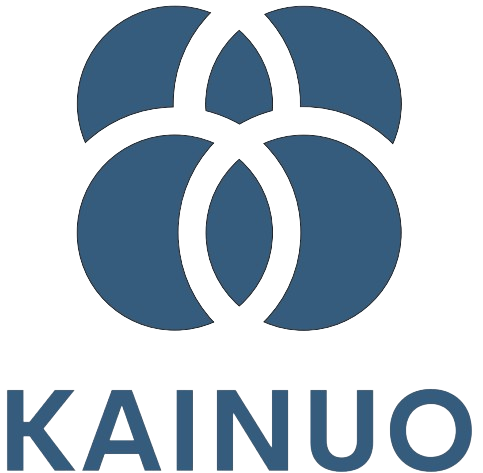
A PEM (Proton Exchange Membrane) hydrogen generator is a device that produces hydrogen gas using the process of electrolysis, specifically through a PEM electrolyzer. This technology is central to the production of green hydrogen, which is hydrogen generated from renewable energy sources. Here’s how it works:
Electrolysis Process: In a PEM hydrogen generator, water (H2O) is split into its constituent elements – hydrogen (H2) and oxygen (O2) – through an electrolytic process. This is achieved by applying an electric current across the water.
Proton Exchange Membrane: The heart of the system is the Proton Exchange Membrane. This is a special type of membrane that only allows positive hydrogen ions (protons) to pass through it. The membrane is sandwiched between two electrodes – an anode and a cathode.
Operation: When voltage is applied, water at the anode side splits into oxygen, electrons, and hydrogen protons. The hydrogen protons then move through the PEM to the cathode side. Meanwhile, the electrons travel through an external circuit (producing an electric current) to the cathode. At the cathode, the protons and electrons combine to form hydrogen gas.

Advantages: PEM hydrogen generators are popular due to their relatively high efficiency, low operating temperatures (usually between 50 to 80 degrees Celsius), and the ability to produce high-purity hydrogen. They are also valued for their quick start-up and shutdown capabilities, which make them suitable for dynamic operations and integration with intermittent renewable energy sources like solar and wind power.

